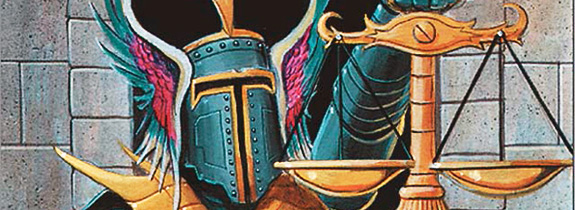
I was able to qualify to judge at the World Magic Cup Qualifier 3 PH last September 19, 2015. A big thanks to Ron Joson for giving me a chance to join the team for this last major qualifier event. I was assigned as a Floor Judge and I was somewhat familiar of their tasks because of my observations from the past tournaments that I have joined.
There was a group chat for the judging team in Facebook that which we discussed the things needed to be done such as the individual roles, call time, etc. for the event. After that, Ron posted a document to serve as a guide. I saved a copy on my mobile phone just in case I forgot some important notes.
The first flight from Iloilo was somewhat delayed and we arrived at Manila by around 8:00am. We were then rushing to get a taxi to get to the venue which is in Fisher Mall, Quezon Avenue and also to avoid the possible morning traffic jam. I was concerned not to be late because our call time is at 8:30am. Good thing the roads is not that jam-packed that time and we arrived at the mall after 20 minutes. I then immediately went to find the activity area of the mall to meetup with the other judges while my companions grabbed their breakfast at a nearby fast food diner. There were just three or four judges that time and so I just sat with the group and did some short chit chat while I rest, finish gulping my energy drink and prepare for the expected work that day.
The initial task was to setup the MtG poster standees to be used for the pairings and to place the table numbers. On-site event registration then followed. The main event’s player meeting started around 10am and the total count of participants was 324, almost near the maximum capacity of the venue. I was then assigned on which standee to post the Round 1 pairings. Head Judge Ron did a short introduction of the WMCQ 3 and reminded the players that the first round will be starting in a few minutes.
Round 1 started and after posting the pairings, we then proceeded to distribute the match result slips. Judge Joel then reminded me to do random deck checks, which were of two types: beginning of round and mid-round. Julio and I were assigned and was switching roles for these tasks in every round. He was at first doing the beginning of round deck check while I was assigned to do the check during mid-round after players have sideboarded.
There were a lot of tables with no opponents and so we had to implement the no-show match loss 10 minutes after the round has started. I waited for the result slips and note down the match loss and made the active player sign the slip.
As the time is nearing the end of the round, Judge Wella assigned us to check on which tables are still playing and to gather their result slips as soon as they are done with their match.
The next two rounds went with the usual posting of pairings, results slips distribution and random deck checks. There weren’t any relevant judge call aside from the usual no-show opponents. It was then time for my scheduled break and had my first important meal for that day: juicy lechon and rice, lol. After that hearty meal, I decided to grab another bottle of energy drink at a convenience store downstairs as I was now feeling the lack of sleep due to the early first flight. I spent the rest of that break sitting and gaining back my strength.
Before the start of Round 4, Judge Raf decided to rearrange the table numbers from the horizontal row to a vertical column pattern. It took a slight delay for the round but was later on helpful in the results slip distribution and gathering of the table number of active matches. A few of the players were already dropping this round along with those no-show players which we auto-dropped and so the tables at the end part were starting to be vacated.
What I have learned so far:
• Do the deck check as fast as possible while still making it accurate so that the time extension of the players will be minimum. I made sure the matches that I wanted to do the checks were near our judge table. Also if possible, check that the deck is of a minimum type (i.e. Mono Red, Red Green) so it would be easy for you to sort the cards.
• Take note of the table number pattern so you’d know which side or column to start when distributing the result slips.
To be continued…
